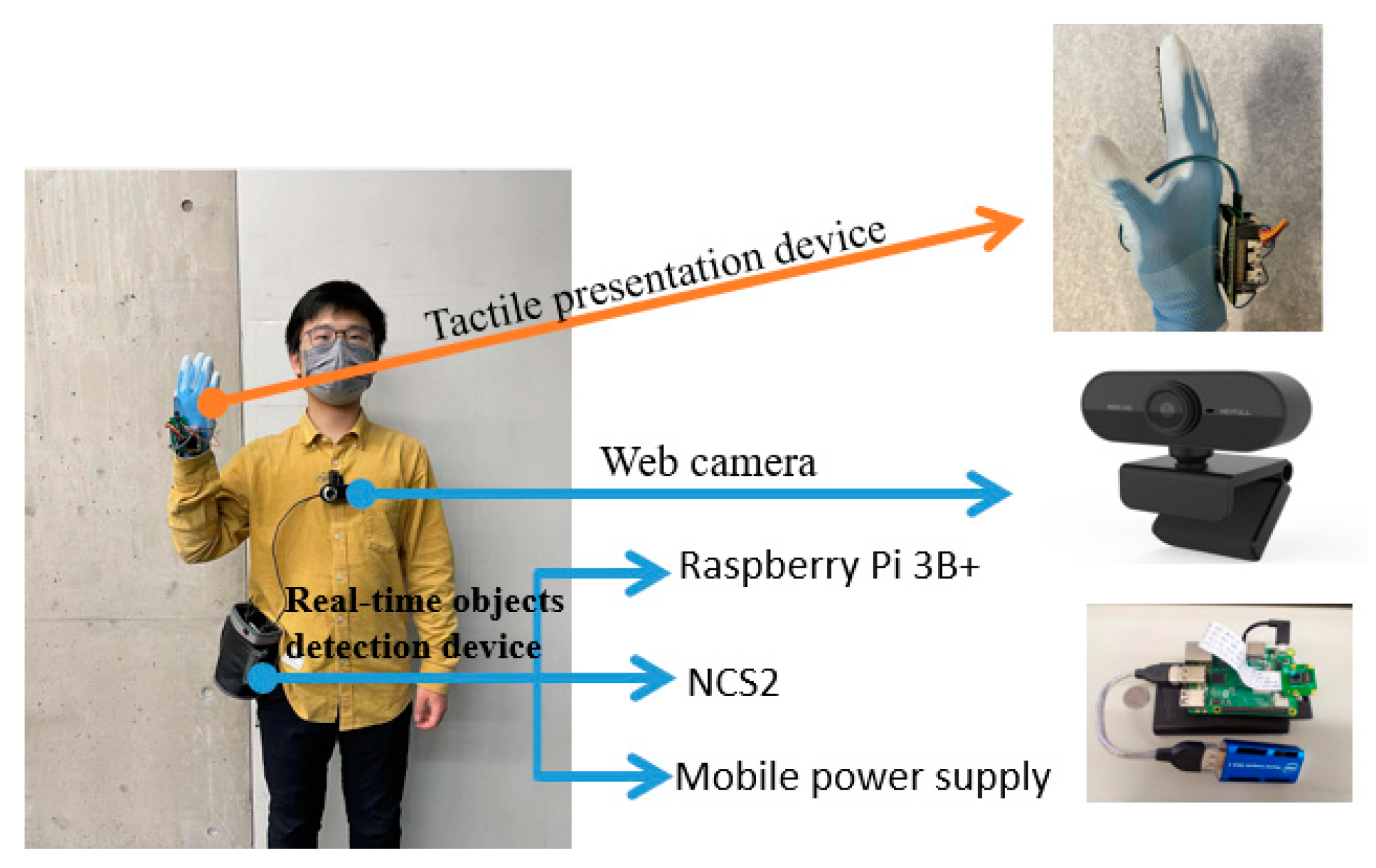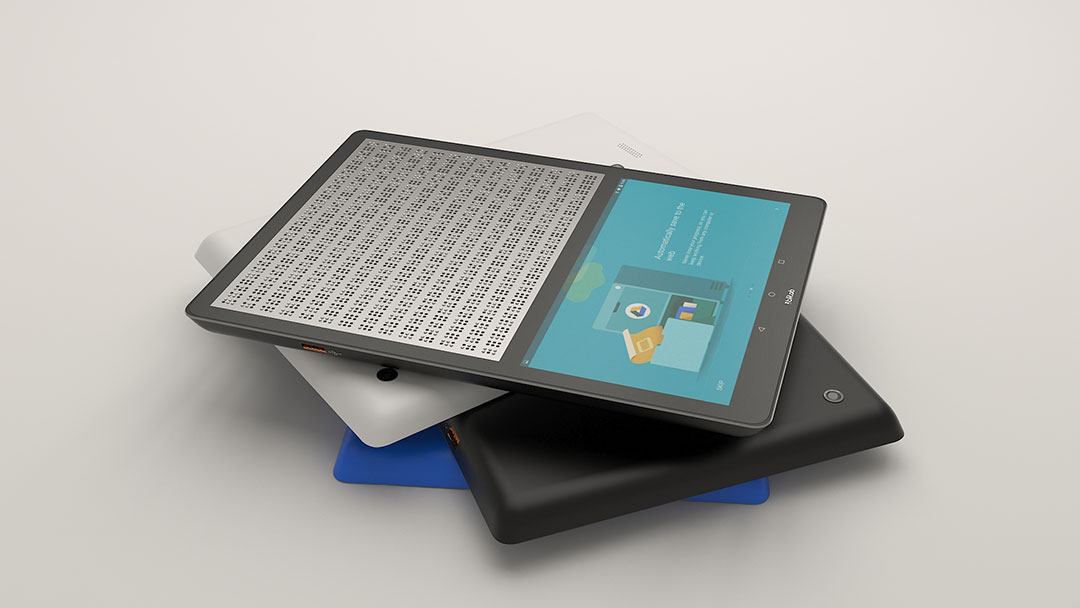Speech-to-Text Devices for Low Vision: Enhancing Convenience
Speech-to-Text Devices for Low Vision: Enhancing Convenience
Blog Article
Empowering Freedom With Assistive Innovation for the Blind
The assimilation of assistive technology into the lives of people with aesthetic impairments stands for a considerable improvement in advertising independence and self-sufficiency. From ingenious display viewers to advanced smart walking canes, these devices not only boost day-to-day navigation and communication however likewise encourage individuals to involve meaningfully in numerous elements of life. As we check out the myriad benefits and real-world applications of these technologies, it becomes important to examine the underlying aspects that add to their efficiency and the possibility for future developments in this important area.
Summary of Assistive Technology

The advancement of assistive modern technology is based in principles of inclusivity and empowerment. Innovations in software, equipment, and sensory enhancements supply individuals with choices tailored to their specific demands. From display readers that transform text to speech, to responsive devices that communicate info with touch, these tools transform the method people involve with their surroundings.
In enhancement to functional applications, assistive technology promotes higher social incorporation and engagement in various sectors, consisting of education and work (Speech-to-text devices for low vision). As research study and development continue to progress, the possibility for assistive technology to better boost the lives of visually impaired people continues to be encouraging, leading the way for a more fair culture where everybody can prosper
Kinds of Assistive Instruments
A range of assistive tools have actually arised to support individuals with visual disabilities, each created to satisfy specific demands and boost everyday performance. These devices range from low-tech options to sophisticated technologies, providing diverse choices for users.
Low-tech tools include magnifiers and large-print materials that help in analysis and writing. Braille tools, such as Braille slates and stylus pens, make it possible for responsive reading and interaction. Orientation and movement aids, like white walking canes, help customers browse their setting securely.
On the greater end of the range, digital magnification systems and screen readers offer substantial support. Electronic magnifiers allow customers to increase the size of message and photos on displays, while display viewers transform electronic content into synthesized speech, facilitating access to details on computer systems and smart devices.
Smartphone applications additionally play an important role, supplying attributes like text acknowledgment and navigating aid. Wearable technology, such as smart glasses equipped with increased truth, is emerging as a promising tool to enhance situational recognition.
Benefits of Assistive Innovation
The combination of assistive technology dramatically improves the lifestyle for individuals with aesthetic disabilities. These technologies encourage users by promoting freedom, allowing them to navigate their settings better and carry out day-to-day jobs with higher ease. For example, screen viewers and magnifying software application allow people to access digital information, cultivating academic and professional possibilities that may have previously been out of reach.
Additionally, assistive gadgets such as clever canes and GPS applications supply real-time navigating assistance, improving wheelchair and security. This boosted autonomy not just enhances self-esteem but also motivates social check out here involvement, permitting individuals to get involved more completely in their neighborhoods.
Assistive modern technology likewise promotes interaction, helping individuals get in touch with others via voice recognition and text-to-speech applications. This ability is vital for preserving connections and accessing critical info.
In addition, the modification options available with several assistive innovations make certain that users can customize tools to their certain demands, better boosting use and performance. Generally, the advantages of assistive innovation for individuals with visual impairments are profound, advertising a more inclusive society where every person can pursue their objectives and desires.
Instance Research Studies and Success Stories
Highlighting the transformative effect of assistive technology, many case research studies highlight exactly how people with visual problems have actually efficiently incorporated these devices into their every day lives. One engaging instance involves an university student that used screen analysis software to navigate on the internet sources and scholastic products efficiently. This modern technology not only facilitated her education yet likewise boosted her self-confidence in joining discussions and team projects.
One more study includes a specialist who utilizes a mobile phone application created for navigation and object acknowledgment. By utilizing this application, he has actually gained back freedom in both his individual and work environments, enabling him to commute individually and involve with coworkers more effectively.
In addition, a senior citizen shared her experience with braille e-readers, which allowed her to access a large selection of literature and stay gotten in touch with her great site community through publication clubs.
These success tales underscore the vital duty of assistive modern technology in promoting self-reliance, improving lifestyle, and promoting social assimilation for people with aesthetic disabilities (Wearable technology for low vision). By embracing these ingenious tools, customers can get rid of difficulties and seize opportunities that add to their expert and individual satisfaction

Future Patterns in Assistive Innovation
Development in assistive modern technology is poised to redefine the landscape of assistance for individuals with visual disabilities. Emerging fads emphasize the integration of synthetic knowledge (AI) and artificial intelligence, which enhance the performance of tools that help with navigation and info access. As an example, AI-driven applications are currently efficient in analyzing visual data in real-time, enabling customers to involve with their atmosphere extra independently.
Furthermore, the development of wearable modern technology is advancing swiftly. Smart glasses furnished with enhanced reality (AR) can supply audio descriptions of environments, changing just how customers communicate with public rooms. These devices not just promote autonomy however additionally foster social addition.
In Addition, the Internet of Points (IoT) is making homes smarter, enabling for smooth connectivity between assistive tools and everyday devices. This connectivity equips users by making it possible for computerized reactions and voice-activated controls customized to private demands.
Conclusion
Finally, assistive innovation plays an essential function in empowering individuals with aesthetic disabilities by enhancing their self-reliance and engagement with their environments. The varied range of tools and applications offered not just promotes navigating and interaction yet likewise promotes social integration and opportunities for individual and specialist development. As advancements continue in this area, the capacity for enhancing the lifestyle for those with visual problems will broaden, promoting greater autonomy and empowerment.

Report this page